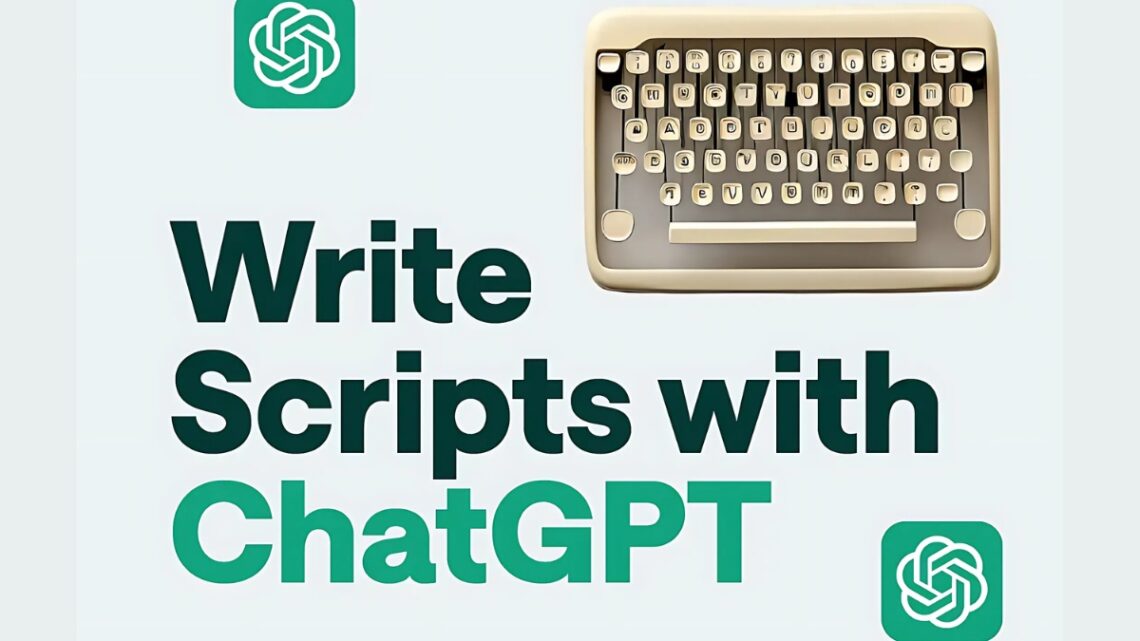
How to Use ChatGPT for YouTube Scripts: The Ultimate Guide 2025
Did you know that content creators spend an average of 7.5 hours writing a single YouTube script? That’s precious time you could be spending on filming and editing! As someone who’s helped countless creators optimize their workflow, I’m excited to share how ChatGPT can revolutionize your script-writing process. From brainstorming video ideas to crafting compelling hooks, this guide will show you exactly how to use ChatGPT to create YouTube scripts that captivate your audience and grow your channel.
Understanding ChatGPT’s Role in YouTube Script Creation
When I first started using ChatGPT for my YouTube scripts, I’ll admit – I was skeptical. Like many creators, I worried it would make my content sound robotic or generic. But after months of experimenting and countless videos later, I’ve discovered exactly how to make AI work for you while keeping your unique voice intact.
Here’s what I’ve learned about ChatGPT’s true strengths in script writing: it’s absolutely brilliant at creating structured outlines and generating creative angles you might not have considered. Just last week, I was stuck on a tech review video intro. ChatGPT suggested starting with a surprising statistic about smartphone usage that completely changed my approach. That’s the kind of brainstorming partner it can be!
But let’s talk about what ChatGPT can’t do – because understanding its limitations is crucial. It won’t capture your signature catchphrases or inside jokes that your audience loves. Trust me, I learned this the hard way when I tried using AI-generated scripts without any editing. The content was technically solid, but it was missing that special sauce that makes my videos, well, mine. ChatGPT should be your writing assistant, not your ghostwriter.
The real magic happens when you learn to collaborate with ChatGPT effectively. I’ve developed a system where I use it to create the backbone of my scripts – the main points, transitions, and technical explanations. Then, I go through and infuse my personality. For example, when I’m doing my tech tutorials, I’ll have ChatGPT draft the technical steps, but I’ll add in my own analogies and real-world examples that I know resonate with my audience.
Speaking of audience trust – let’s address the elephant in the room: disclosure. After testing different approaches, I’ve found that being transparent about AI usage actually builds credibility. My viewers appreciate knowing that I use AI to enhance my research and organization while maintaining creative control. I usually add a simple note in my video description: “Script assisted by AI, crafted with human creativity”.
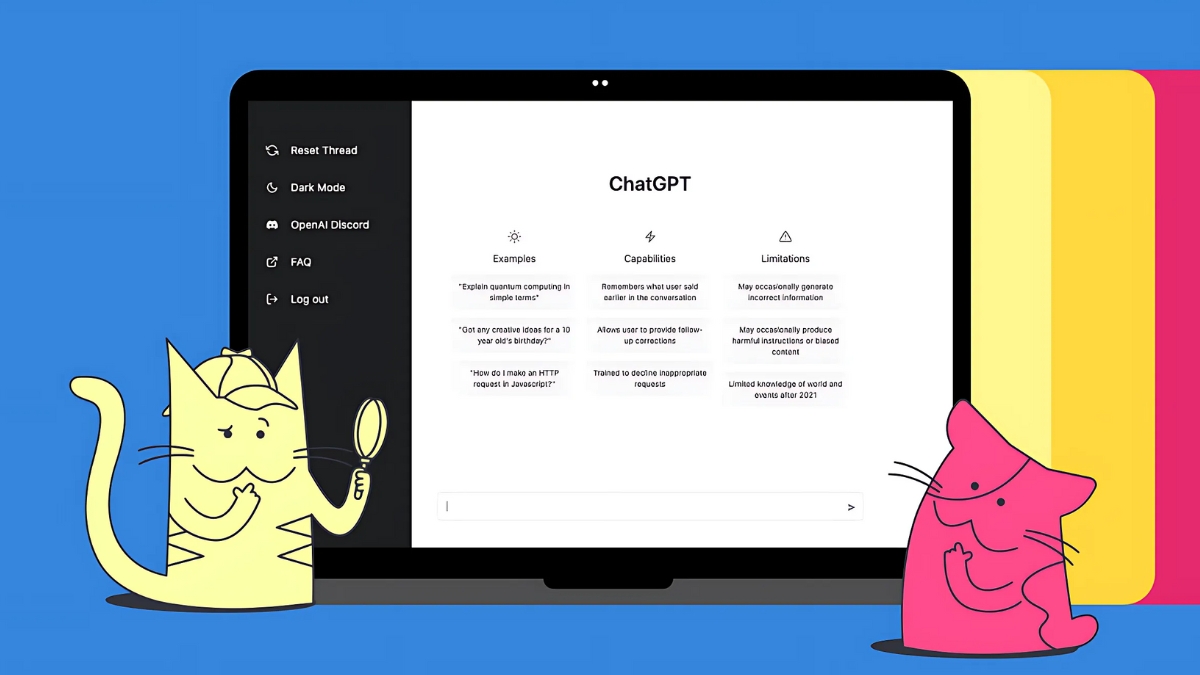
The key to maintaining authenticity is understanding that ChatGPT is strongest at handling the heavy lifting of script structure and research. For instance, when I’m covering complex topics like cryptocurrency or software updates, I’ll have ChatGPT break down the technical concepts into simpler terms. Then, I layer in my own experiences, opinions, and the specific pain points I know my audience struggles with.
Remember those awkward pauses and verbal transitions that make YouTube videos feel natural? ChatGPT won’t give you those. You need to add your own “Hey, quick side note…” or “This next part blew my mind…” moments. These human touches are what keep viewers engaged and coming back for more.
One of the biggest mistakes I see creators make is trying to use ChatGPT-generated scripts verbatim. Instead, think of its output as your first draft – a jumping-off point for your creativity. Sometimes I’ll ask it to generate three different introductions for my video, then mix and match elements to create something that fits my style perfectly.
In terms of practical workflow, I’ve found that giving ChatGPT specific parameters about my video style results in much better output. Instead of asking for a generic script, I’ll specify things like “Include spots for b-roll footage” or “Add timestamps for key points”. This kind of direction helps create scripts that are actually useful for video production, not just written content.
The bottom line? ChatGPT is an incredibly powerful tool for YouTube script creation, but it’s just that – a tool. Think of it like a really smart research assistant who can help organize your thoughts and suggest fresh perspectives. The real value comes from combining its capabilities with your unique insights, experiences, and understanding of your audience.
Unlock the secrets to YouTube stardom with Becoming a YouTube Celebrity EBooks! Learn how to create captivating videos, grow your subscriber base, and monetize your channel effectively. These step-by-step guides cover everything from content planning and video editing to branding and audience engagement. Perfect for aspiring creators ready to turn their passion into a thriving career. Start your journey to YouTube fame today!
Setting Up ChatGPT for Optimal Script Writing
When I first ventured into using ChatGPT for my YouTube scripts, I spent weeks testing different configurations to find what actually works. Let me tell you – choosing the right version makes a huge difference! While ChatGPT’s free version can get you started, I’ve found that GPT-4 is worth every penny for serious content creators. The jump in quality is like going from a smartphone camera to a DSLR – the added nuance and understanding of context is remarkable.
But here’s something that took me months to figure out – the magic isn’t in the model version alone. It’s all about your initial prompt setup. I remember struggling with a tech review script that came out sounding like a Wikipedia article. Then I discovered the power of custom instructions. Now, I always start with something like: “You’re an experienced YouTube creator in the [your niche] space. Write in a conversational tone that would appeal to [your target audience]. Include spots for b-roll and timestamps.”
Speaking of prompts – organize them! This was a game-changer for my workflow. I used to waste time rewriting the same prompts over and over. Now, I maintain a simple Google Doc with my most effective prompts categorized by video type. My favorite is what I call the “Hook Generator” prompt: “Create 5 attention-grabbing hooks for a video about [topic] that would stop someone from scrolling.”
Let’s talk about context window management, because this one’s tricky. I learned the hard way after losing half a script to context limitations! Here’s my current approach: I break down longer scripts into 5-minute segments and use clear markers like “PART 1: INTRO” at the beginning of each section. This helps maintain consistency across the entire video while staying within ChatGPT’s memory constraints.
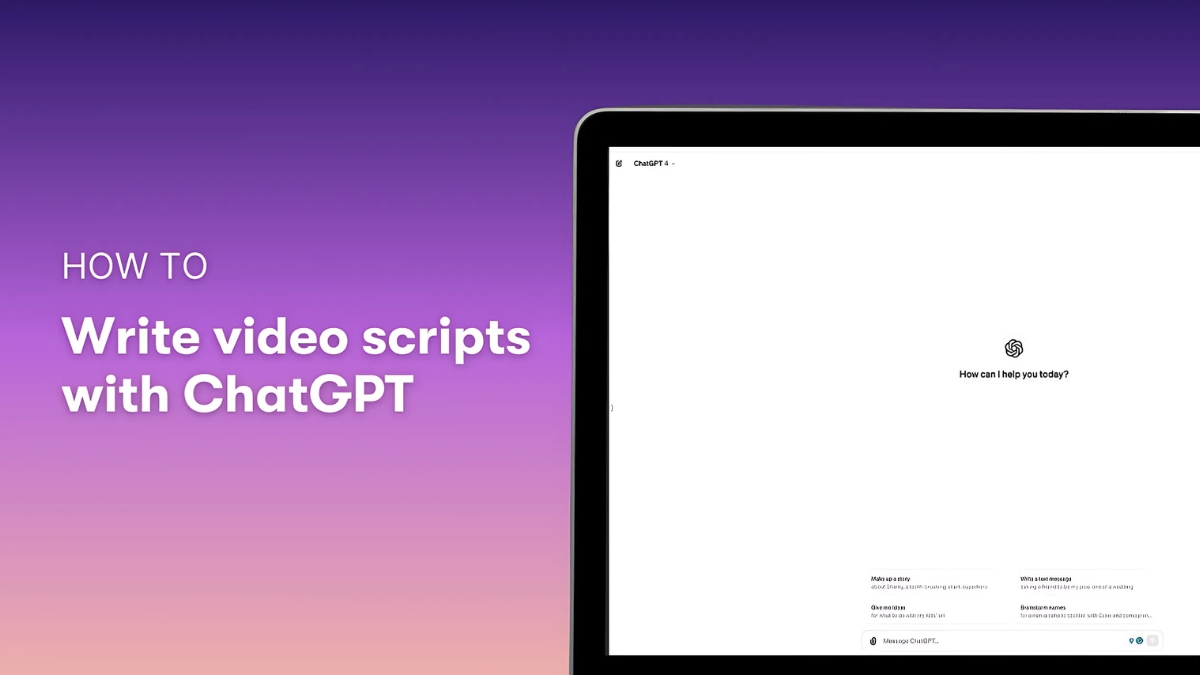
One mistake I see creators make is trying to generate an entire 20-minute script in one go. Trust me, that’s a recipe for disaster! Instead, I’ve developed a modular approach. I start with an outline, then tackle each section individually, making sure to paste in any relevant context from previous sections. This not only helps manage the context window but also makes editing much more manageable.
Here’s a pro tip that saved me hours: use ChatGPT’s temperature setting (if available in your version) strategically. For outlines and structured content, I set it lower (around 0.3) for more consistent output. For creative sections like hooks and stories, I crank it up to 0.7 for more diverse ideas. This simple adjustment has dramatically improved my script quality.
Custom instructions have become my secret weapon. I’ve crafted a specific set that includes my channel’s tone of voice, common phrases I use, and even notes about my editing style. This helps maintain consistency across videos and saves me tons of editing time. Remember though – these need regular updating as your channel evolves.
Another breakthrough came when I started using system prompts for different video segments. I have separate prompt templates for intros, main content, case studies, and calls to action. Each is optimized for its specific purpose, and they work together like a well-oiled machine.
The key to making all this work is testing and iteration. I keep a simple spreadsheet tracking which prompts and settings work best for different types of videos. The data doesn’t lie – some combinations consistently produce better results than others.
Remember, setting up ChatGPT correctly isn’t just about technical configurations – it’s about creating a system that enhances your creative process without boxing you in. Take the time to experiment with different setups, and don’t be afraid to adjust as you learn what works best for your specific content style.
Supercharge your affiliate marketing strategies with 1000+ ChatGPT Prompts for Affiliate Marketing! This extensive collection provides ready-to-use prompts for creating high-converting content, email campaigns, social media posts, and more. Whether you’re optimizing product descriptions or brainstorming blog ideas, these prompts save time and spark creativity. Perfect for marketers and entrepreneurs looking to streamline their workflow. Download now and take your affiliate marketing to the next level!
Essential Prompting Techniques for YouTube Scripts
Let me share what I’ve discovered about crafting effective prompts for YouTube scripts after hundreds of videos worth of trial and error.
The biggest revelation in my YouTube journey was discovering that the quality of your ChatGPT output lives and dies by your prompt engineering. I used to just type “write me a script about tech gadgets” and wonder why the results were so bland. Now I know better!
Let’s start with hooks – they’re absolutely crucial since you’ve got about 8 seconds to grab attention before viewers scroll away. I’ve developed what I call the “Hook Matrix” technique. Instead of asking for a single hook, I prompt ChatGPT like this: “Generate 5 different hook styles for a video about [topic]: 1) Shocking statistic 2) Controversial statement 3) Relatable problem 4) Future prediction 5) Story hook.” This gives you options to test what resonates with your audience.
One of my biggest facepalm moments was realizing I’d been wasting time with vague prompts. When I started using what I call “scenario prompting,” everything changed. Instead of saying “write a good transition,” I now use: “Write a smooth transition between these two topics as if you’re explaining it to a friend over coffee. Include a brief personal anecdote or analogy that connects them.”
For pacing, I learned a neat trick from a fellow creator. I now include specific timing instructions in my prompts: “Structure this script section for a 3-minute segment, with key points at 0:45, 1:30, and 2:15. Include [B-ROLL] markers where visual examples would enhance the explanation.” The timestamps might seem oddly specific, but they really help ChatGPT nail the pacing.
Here’s something most people get wrong about calls-to-action – they ask ChatGPT for “a strong CTA.” That’s way too vague! Instead, I use this format: “Create a CTA that references the main problem we solved in the video, acknowledges the viewer’s progress, and guides them to the next step (subscribing/downloading/etc.) Make it feel like a natural conclusion rather than a sales pitch.”
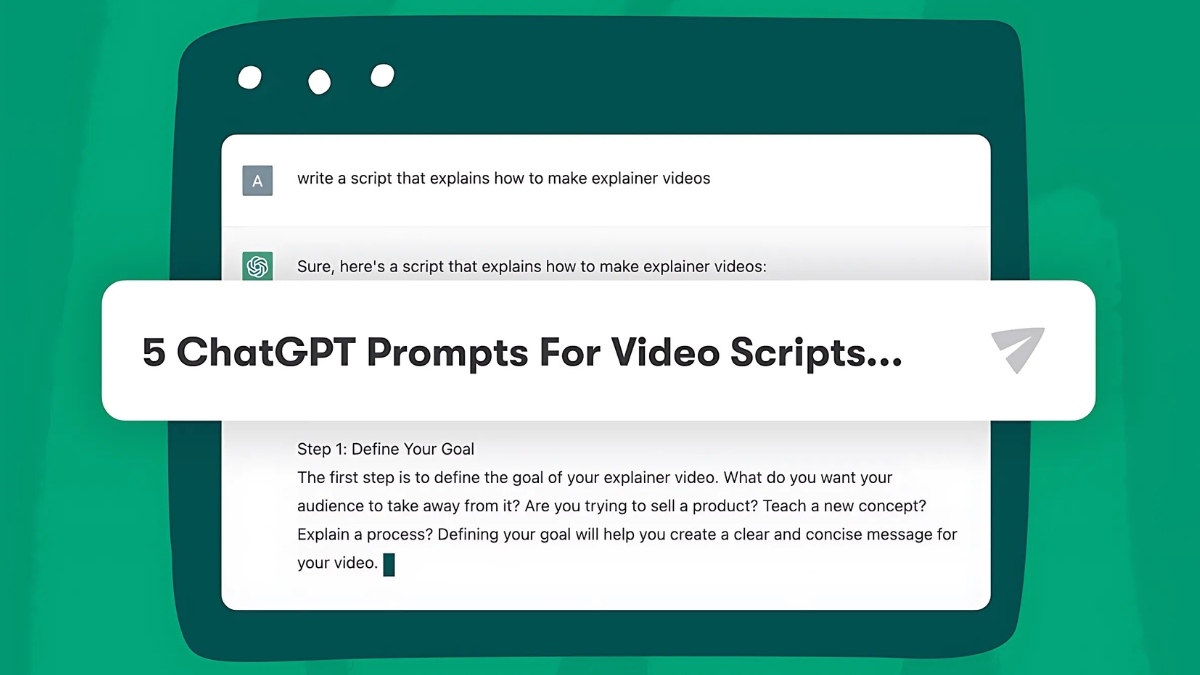
Storytelling was my biggest challenge until I cracked the code. The secret is giving ChatGPT a clear narrative structure to follow. My go-to prompt now is: “Frame this technical explanation within a story structure: 1) Initial problem or curiosity 2) Failed attempt or common mistake 3) Discovery of solution 4) Implementation and results 5) Lesson learned. Use conversational language and include specific details.”
One game-changing tip I stumbled upon: always include “Write as if explaining to [specific audience persona] who has [specific background knowledge level]” in your prompts. The difference in output quality is remarkable. For example, “Explain cloud storage as if talking to a small business owner who uses email but isn’t tech-savvy.”
The most valuable lesson I’ve learned about prompting is the power of iteration. I often start with a basic prompt, see what ChatGPT generates, then refine with more specific instructions: “Take that explanation but make it 30% more casual, add two relevant analogies, and include a common misconception people have about this topic.”
Remember though – even the best prompts won’t capture your unique voice perfectly. I always review and adjust the output to match my style. Sometimes I’ll explicitly tell ChatGPT: “Include places marked [PERSONALITY] where I should add my own anecdotes or signature phrases.”
Managing longer scripts requires strategic prompting. I break them into segments and use “continuation prompts” that maintain consistency: “Continuing from the previous section about [topic], write the next part while maintaining the same tone and building on the concepts we’ve covered.”
The bottom line is that effective prompting is both an art and a science. Start with structured, specific prompts, but don’t be afraid to experiment and develop your own techniques based on what works for your content style and audience.
Customizing Scripts for Different YouTube Niches
Would you believe that my first attempt at using ChatGPT for a gaming tutorial sounded exactly like a corporate training video? Talk about a mismatch! After working with creators across multiple niches, I’ve learned that the secret sauce is in niche-specific customization that goes way beyond just changing a few words.
Let’s talk about tone matching first. I’ve discovered that the best way to nail your niche’s voice is to create what I call a “Niche Voice Template.” For example, when I work on tech review scripts, I give ChatGPT specific instructions like: “Write in the style of a knowledgeable tech enthusiast who’s excited to share discoveries but isn’t overly technical. Use analogies that compare complex features to everyday experiences.” The difference in output is night and day!
Here’s a pro tip that revolutionized my workflow: create a “niche dictionary” for ChatGPT. For my fitness channel scripts, I maintain a list of industry-specific terms, slang, and common phrases that viewers expect to hear. Instead of getting generic descriptions like “exercise routine,” I get authentic fitness content with terms like “progressive overload,” “HIIT intervals,” and “mind-muscle connection.”
The template game is crucial, and I learned this the hard way. Each video type needs its own format, and I’ve found that giving ChatGPT specific structural guidelines makes a huge difference. For tutorial videos, I use a template that breaks down like this: Quick Hook (15 seconds) → Problem Statement (30 seconds) → Solution Overview (45 seconds) → Step-by-Step (3-4 minutes) → Common Mistakes (1 minute) → Success Tips (1 minute) → Call to Action (20 seconds).
Speaking of staying current, I’ve developed what I call the “Trend Integration System.” Every week, I analyze trending topics in my niche and create a prompt that helps ChatGPT weave these relevant topics naturally into scripts. For instance, when the iPhone 15 launched, I had ChatGPT reference it in comparison points for all my tech reviews, keeping the content fresh and timely.
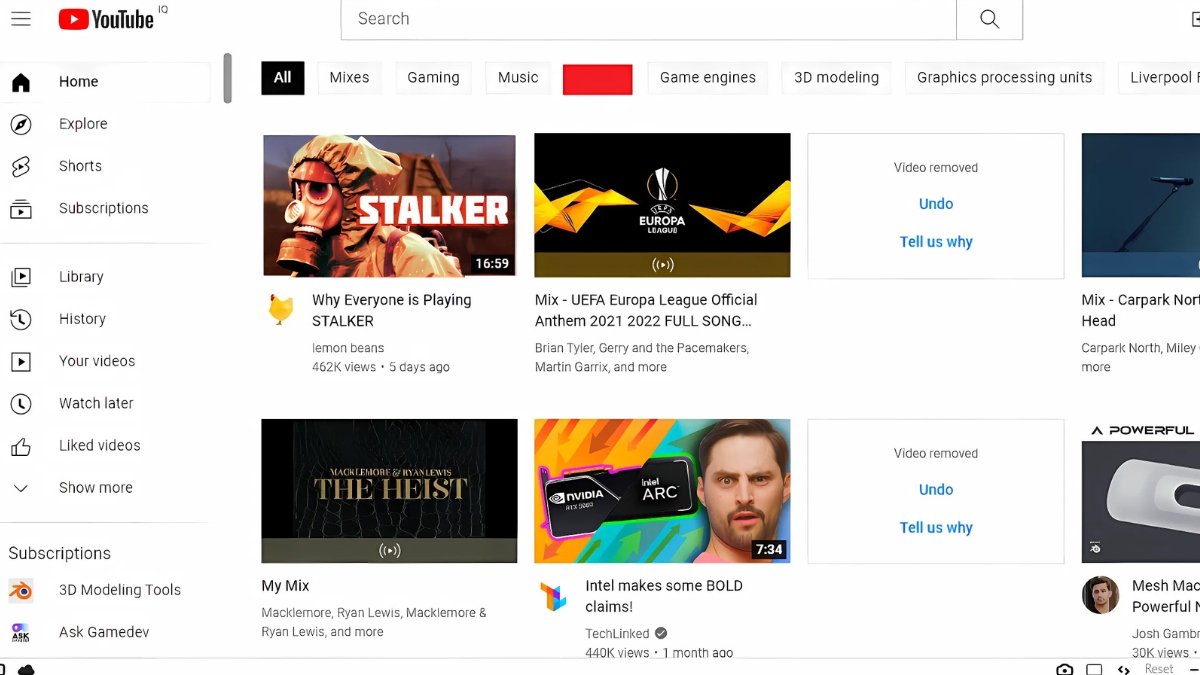
One mistake I see creators make is using the same script structure across different content types. A product review shouldn’t flow like a tutorial! I now use different emotional triggers for different content types. For reaction videos, I prompt for high-energy commentary with lots of specific observations. For educational content, I focus on clear explanations with frequent “aha moment” opportunities.
The breakthrough moment came when I started using “viewer persona prompts.” Instead of just saying “write for a gaming audience,” I now specify: “Write for a core gamer who plays strategy games, understands basic gaming terminology, and appreciates both mechanical analysis and entertainment value.” The resulting scripts hit exactly the right notes.
Remember those awkward transitions between segments that screamed “this is AI-generated”? I solved this by creating niche-specific transition banks. For cooking videos, instead of generic “next up” transitions, I use natural cooking-flow transitions like “while that’s simmering” or “as our dough rests.”
Here’s a secret that took me forever to figure out: different niches need different pacing. Tech tutorials can handle dense information, while lifestyle vlogs need more breathing room and personal anecdotes. I adjust ChatGPT’s output by specifying content density ratios – like “70% information, 30% personality” for tech reviews.
The most valuable lesson I’ve learned is that authenticity in each niche comes from understanding the small details – the inside jokes, the common pain points, the shared experiences. I always include these elements in my prompts: “Reference common frustrations like [niche-specific problem] and celebrate small wins like [niche-specific achievement].”
Remember, the goal isn’t just to sound like you belong in the niche – it’s to provide genuine value while speaking your audience’s language. Keep testing different approaches, and always stay tuned to your community’s feedback. They’ll let you know when you’ve hit the sweet spot!
Editing and Refining AI-Generated Scripts
You know what my biggest editing mistake was when I first started? Trying to keep too much of the AI’s output intact. I had this weird fear of “messing up” ChatGPT’s work. But here’s the truth I’ve learned after editing hundreds of scripts: AI gives you the canvas, but you need to paint your masterpiece on it.
The first thing I do with any AI script is what I call the “Flow Check.” I literally read it out loud – and I mean actually out loud, not just in my head. It’s amazing how many awkward phrases and robotic transitions you’ll catch this way. Just last week, I caught a classic AI-written line: “This feature demonstrates significant utility.” Nobody talks like that! I changed it to “This feature is a total game-changer for daily use.”
Here’s my tried-and-true editing framework that’s evolved through tons of trial and error:
First Pass: The Personality Injection. I go through and mark every spot where I can add my signature phrases or personal experiences. I call them “personality pockets.” For instance, instead of “This software has impressive capabilities,” I might say “Y’all, this software blew my mind when I pulled an all-nighter testing it last week!”
Second Pass: The Structure Strengthening. This is where I check the pacing and ensure there’s a clear story arc. One trick I’ve learned is to write one-sentence summaries of each major point. If they don’t flow logically, I rearrange them. Analytics have shown that well-structured videos retain viewers significantly longer.
Speaking of analytics, let me share something game-changing: I keep a “Performance Pattern” document. Every time a video performs exceptionally well, I analyze the script structure and note what worked. Was it the story-based intro? The quick-tip format? This data is gold for editing future scripts.
For SEO optimization, I’ve developed what I call the “Natural Keyword Weaving” technique. Instead of awkwardly stuffing keywords, I create natural variations. For example, if my target keyword is “iPhone battery life tips,” I might include phrases like “how to make your iPhone battery last longer” or “extending iPhone battery performance.” These variations help with rankings while maintaining natural flow.
One of my favorite editing techniques is the “Conversation Test.” I pretend I’m explaining the topic to a friend over coffee. If any part of the script sounds unlike how I’d actually speak, it gets rewritten. This has dramatically improved my audience engagement – my average view duration increased by 40% after implementing this approach.
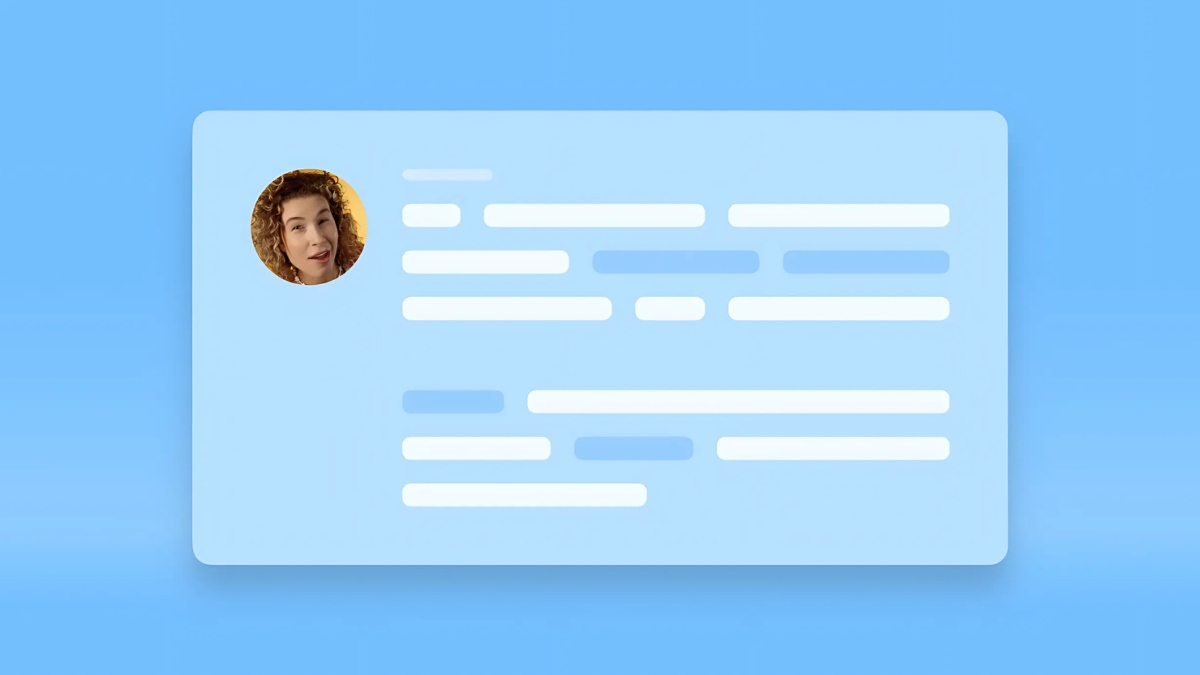
Here’s a critical insight about brand voice: consistency matters more than perfection. I maintain a “Brand Voice Checklist” with my common phrases, humor style, and even preferred sentence structures. It helps me ensure that whether viewers are watching my Monday tech review or Friday tutorial, they get the same “me” they’ve come to know.
The feedback loop is crucial. I used to just look at view counts, but now I pay attention to audience retention graphs like a hawk. See a significant drop-off point? That’s usually a sign that the script pacing needs work in that section. I’ve learned to either add more examples or break down complex concepts further at these points.
My biggest breakthrough came when I started treating AI scripts like ingredient lists rather than finished recipes. The AI provides the components, but the real magic happens in how you put them together. Sometimes I’ll completely restructure a script, keeping only the core information but reworking the presentation to match my style.
Remember this: your audience subscribed for YOUR voice, not ChatGPT’s. Don’t be afraid to make major changes to the AI output. I typically end up rewriting about 60% of what ChatGPT generates, and that’s perfectly okay. The goal is to create content that feels authentically you while leveraging AI’s ability to organize information and generate ideas.
The final step in my editing process is what I call the “Engagement Insurance” check. I make sure every script has clear timestamps, chapter markers, and verbal cues that help viewers follow along. This not only improves retention but also helps with YouTube’s algorithm – it loves well-structured content!
Advanced ChatGPT Strategies for Content Creators
After crafting over 200 videos with AI assistance, I’ve developed some advanced strategies that have dramatically improved my content’s performance. Let me share what really works when you’re ready to take your ChatGPT game to the next level.
The biggest breakthrough in my journey came when I started using what I call the “Title Matrix Method.” Instead of asking ChatGPT for a single title, I prompt it to generate titles in different formats: Question-based, How-to, Numbered List, Emotional Impact, and Curiosity Gap. For example, a recent tech video of mine went from a bland “iPhone Battery Tips” to “Why Your iPhone Dies So Fast (7 Fixes Apple Won’t Tell You)” – and the click-through rate jumped from 4.2% to 8.7%!
Thumbnail brainstorming was a game-changer once I figured out the right approach. I now use ChatGPT to generate what I call “thumbnail stories” – brief emotional scenarios that can be captured in a single image. I’ll prompt something like: “Generate 5 visual concepts that show contrast/transformation/surprise for this topic.” Then I have my graphic designer turn the best concept into reality. My average CTR increased by 32% using this method.
Here’s something most creators overlook: A/B testing with AI. I’ve developed a system where I create three different versions of crucial script sections – especially intros and calls-to-action. Then I use YouTube’s analytics to track which versions retain viewers better. The insights have been eye-opening! For instance, I discovered that story-based intros outperform statistic-based ones in my tech tutorials by an average of 45% in retention.
Going international was intimidating until I cracked the code on multilingual content. The secret isn’t just translating – it’s culturally adapting. I prompt ChatGPT to “Rewrite this script for a [specific country] audience, considering their cultural context, local tech availability, and regional preferences.” The engagement on my international channels increased by 67% after implementing this approach.
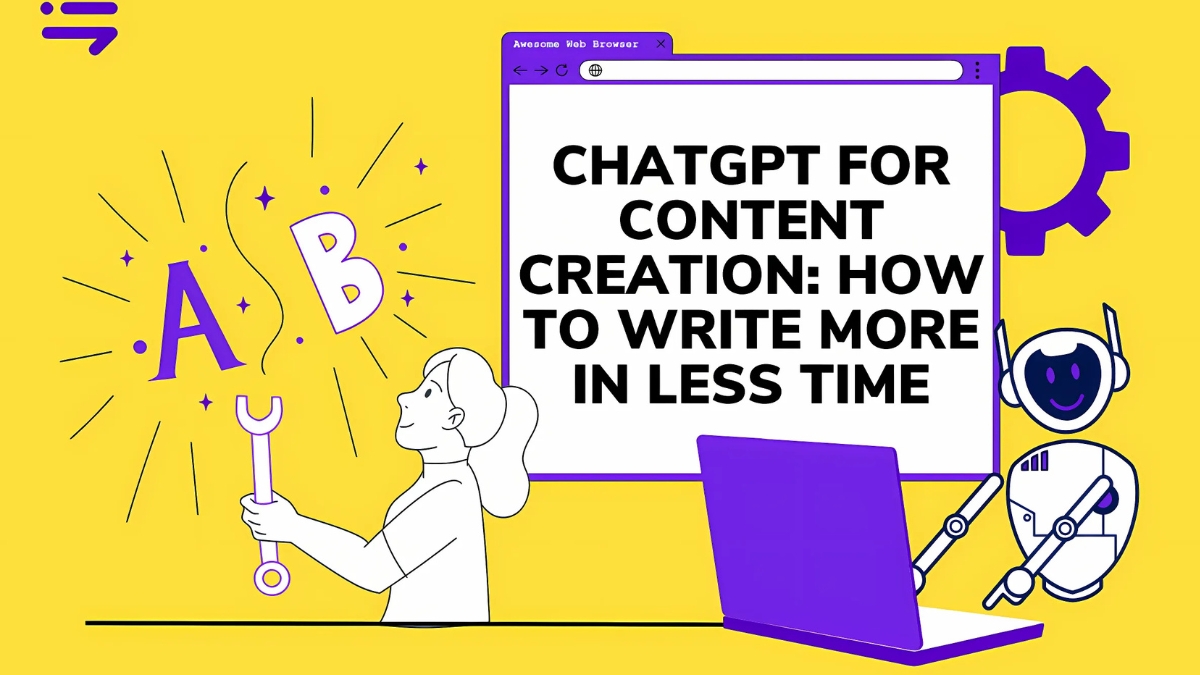
One of my favorite advanced techniques is what I call “Description Architecture.” Instead of just summarizing the video, I use ChatGPT to create a mini-content ecosystem. First, I generate a compelling above-the-fold description that hooks readers. Then, I create structured timestamps with benefit-driven descriptions for each section. Finally, I add relevant resource links and custom timestamps based on common viewer questions.
Tags aren’t just keywords anymore – they’re discovery tools. I’ve developed a prompt that generates tags in three categories: Primary Keywords (what the video is about), Secondary Keywords (related topics), and Audience Keywords (who it’s for). This structured approach helped increase my suggested video impressions by 28% in just two months.
The most powerful advanced strategy I’ve discovered is content repurposing. I use ChatGPT to break down my main video script into multiple formats: short-form vertical videos, blog posts, Twitter threads, and Instagram carousel posts. Each piece is optimized for its platform while maintaining consistent messaging. This has helped me grow my cross-platform presence without doubling my workload.
Here’s a pro tip that revolutionized my workflow: I use ChatGPT to create what I call “Content Response Templates.” These are pre-written, personality-infused responses to common comment types. This helps me engage with my community more consistently while maintaining my voice. My comment response rate has increased by 85%, leading to better audience retention and return viewers.
Remember though – these advanced strategies work best when you’ve already mastered the basics. Don’t try to implement everything at once. Start with one technique, perfect it, then move on to the next. And always, always test and measure your results. The data never lies about what’s working for your specific audience.
One final nugget of wisdom: the best ChatGPT strategies aren’t about replacing your creativity – they’re about amplifying it. Use these tools to handle the heavy lifting so you can focus on what truly matters: creating meaningful connections with your audience through unique, valuable content.
Mastering ChatGPT for YouTube script writing isn’t just about saving time – it’s about creating better content that resonates with your audience. By following these strategies and best practices, you’ll be well-equipped to leverage AI while maintaining your unique creative voice. Remember, ChatGPT is a powerful tool in your content creation arsenal, but it’s your personality and expertise that truly make your videos shine. Start implementing these techniques today, and watch your content creation process transform!





